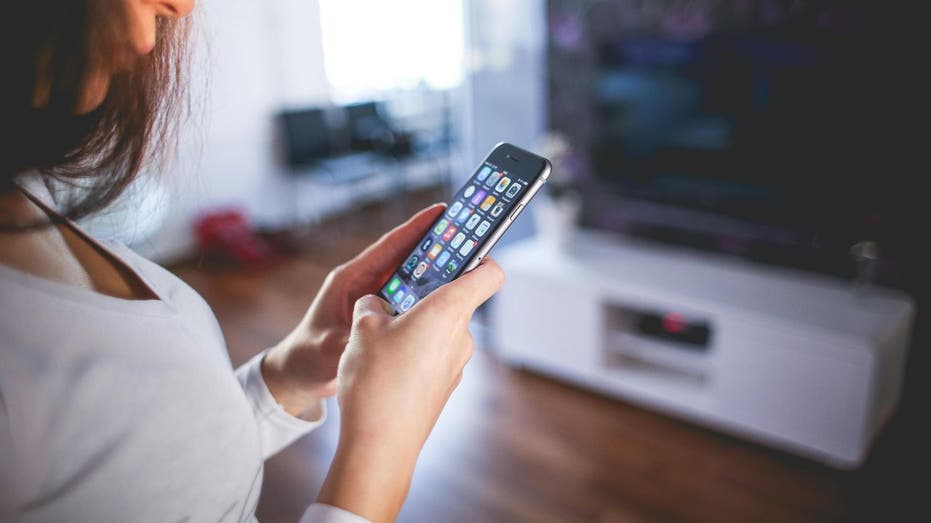Apple’s Latest iOS Vulnerability: A Wake-Up Call for iPhone Users

The Perception of iPhone Security
When it comes to smartphone security, iPhones are often viewed as the gold standard compared to their Android counterparts. This reputation stems from Apple’s tightly controlled ecosystem and rigorous App Store policies, which significantly reduce the risk of malware. Moreover, Apple’s centralized approach to software updates ensures that users receive timely patches, further enhancing device security. In contrast, the Android landscape’s openness allows users to install apps from various sources, leading to inconsistent update schedules and heightened vulnerability.
However, the recent revelation of a significant iOS vulnerability serves as a stark reminder that even iPhones are not impervious to security threats.
Discovery of a Zero-Day Vulnerability
Apple has recently disclosed that a critical vulnerability in iOS was exploited for over a year before being detected. Dubbed a “zero-day” flaw, this type of vulnerability is particularly dangerous because it can be exploited by hackers before developers have the chance to release a fix. Apple’s advisory marks this as the company’s first zero-day patch of 2025. The flaw affects iPhone models dating back to the XS, released in 2018, as well as newer iPads, Macs, and the Vision Pro headset.
The vulnerability, identified as CVE-2025-24085, exists within Apple’s Core Media framework—a software component responsible for handling multimedia files. A “use after free” memory corruption error allowed cybercriminals to manipulate the system into executing unstable code, granting them elevated privileges that could bypass security measures. Hackers reportedly weaponized this flaw through malicious apps masquerading as legitimate media players, utilizing the Core Media framework to trigger corrupted files and gain unauthorized access to devices.
Who Was Targeted?
Reports indicate that the attacks primarily targeted iOS versions before 17.2, which was released in December 2023. This suggests the vulnerability may have been active since late 2022. Security experts believe that hackers focused on high-value targets—such as activists, executives, and journalists— to minimize detection. The prolonged stealth of these exploits highlights the challenges of identifying sophisticated and targeted cyberattacks.
The Importance of Immediate Updates
In light of this alarming discovery, it is crucial for iPhone users to update their devices to iOS 17.2 or later. These updated versions contain essential fixes that protect against this actively exploited vulnerability.
Apple has rolled out fixes across its ecosystem, including updates for iOS 18.3, macOS Sequoia, watchOS, tvOS, and VisionOS. Users are strongly encouraged to install these updates promptly to ensure their devices remain secure.
Pro Tip: Click on “Update Now” and enable “Automatic Updates” for future protection.
Essential Steps to Safeguard Your iPhone
While Apple has addressed this specific vulnerability, it serves as a crucial reminder of the ongoing need for users to stay vigilant about security. Here are seven essential steps you can take to bolster your iPhone’s defenses against cyber threats:
1. **Keep Your iPhone Updated**: Regular updates are your first line of defense against security threats. Apple frequently releases updates that address vulnerabilities, including critical zero-day flaws.
2. **Download Apps from the App Store Only**: To minimize the risk of malware, always download apps from the official App Store. While Apple’s review process helps filter out malicious apps, it’s wise to verify app details and permissions before installation.
3. **Enable Lockdown Mode for Enhanced Security**: High-risk individuals, such as journalists or executives, can activate Lockdown Mode for additional protection. This feature limits certain device functionalities to prevent sophisticated cyberattacks. You can enable it through Settings > Privacy & Security > Lockdown Mode.
4. **Utilize Message Filtering**: Take advantage of your device’s built-in filtering options to manage messages from unknown senders. This feature helps you efficiently sort and filter your inbox.
5. **Be Cautious of Phishing Attacks**: Always verify the sender of unsolicited messages or emails, especially those containing suspicious links or attachments. Additionally, having strong antivirus software can protect your devices from malware and alert you to phishing attempts.
6. **Review Security and Privacy Settings Regularly**: Periodically check your iPhone’s security settings. Ensure you enable Face ID or Touch ID for secure access and activate two-factor authentication (2FA) on your Apple ID and other accounts to enhance security.
7. **Invest in Personal Data Removal Services**: Reducing your online footprint can make it harder for cybercriminals to access your information. Although no service can completely eliminate your data from the internet, utilizing a personal data removal service can help monitor and automate the removal process.
Conclusion: Stay Vigilant
The recent iOS vulnerability is a significant reminder of the ongoing need for users to stay current with software updates. If you possess an iPhone from 2018 or later, ensure that you have updated to iOS 17.2 or later. This incident underscores the importance of proactive security measures, as hackers exploited a hidden flaw using fake media apps for over a year.
Do you believe companies like Apple are doing enough to protect consumers from cyber threats? Share your thoughts by visiting our feedback page.
For more tech tips and security alerts, consider subscribing to the CyberGuy Report Newsletter for the latest updates.
Stay informed and secure!

